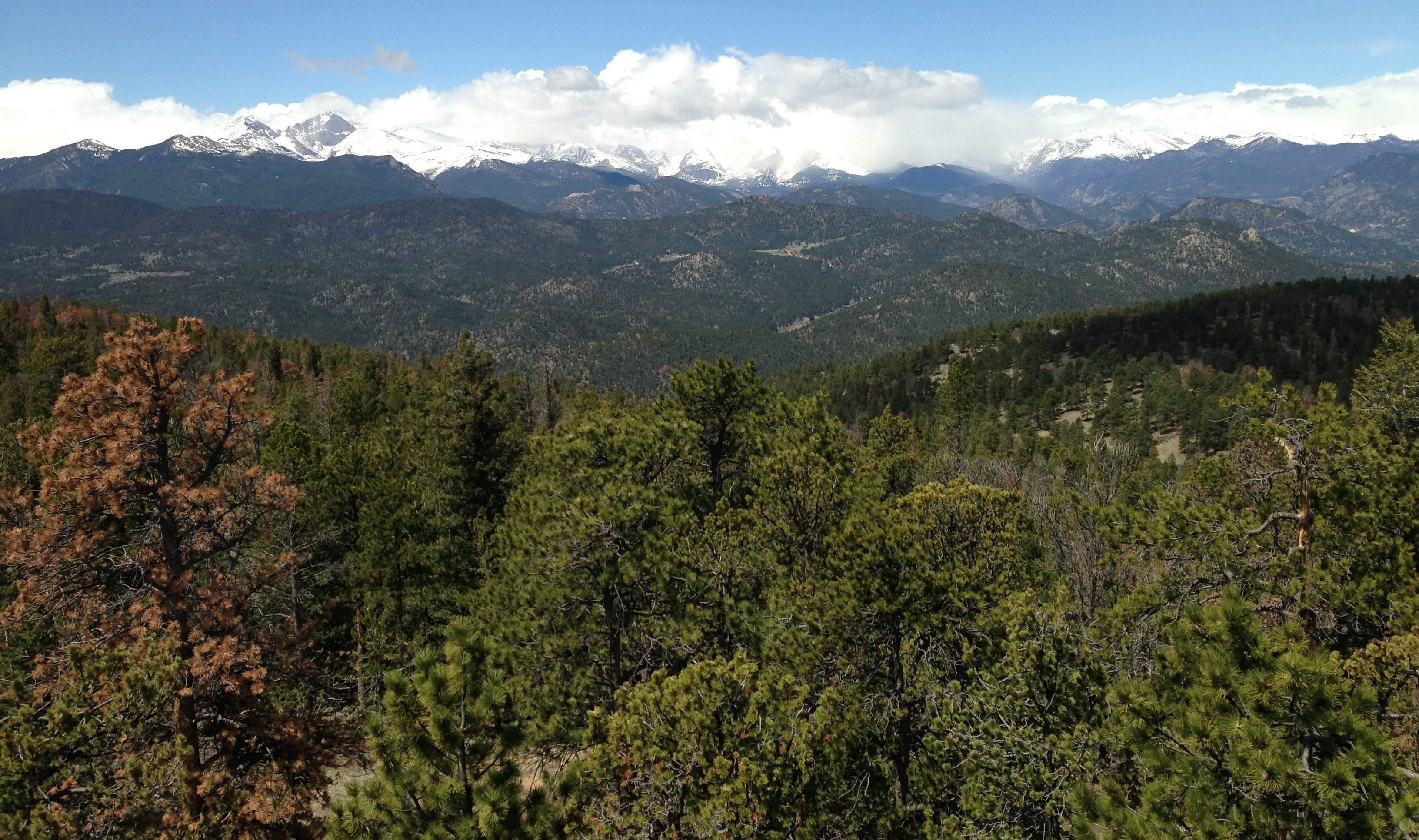In 2013, the Reporter-Herald newspaper (Loveland, CO) published an article about my dissertation research on aspen. Since then, most of the results have been published in scientific journals. For example, we found that old-growth aspen benefited from the large-scale mountain pine beetle outbreak that swept the Southern Rocky Mountain Ecoregion in the 2000s. Because the beetles only infested and killed conifers, aspen were left with more light and water.
We also found that compared to data from the 1970s, more conifers are now present in previously aspen-dominated forests in and around Rocky Mountain National Park. This is a natural process called succession that continues until a fire sweeps the forest and starts the process from the beginning.
Lastly, we found initial evidence that water in the roots between connected aspen can flow in two directions. However, we still don’t quite understand how resources and water between connected aspen in a clone are shared (i.e. clonal integration). In a web-like root system, with new stems emerging from old and new roots alike, it only makes sense for water and resources to move in several directions at the same time. The question is: how is this movement controlled, and how can we measure it?
We are currently using sap flow sensors installed in aspen roots and stems in the Laramie Range in Wyoming and are working on new methods to answer these questions.




